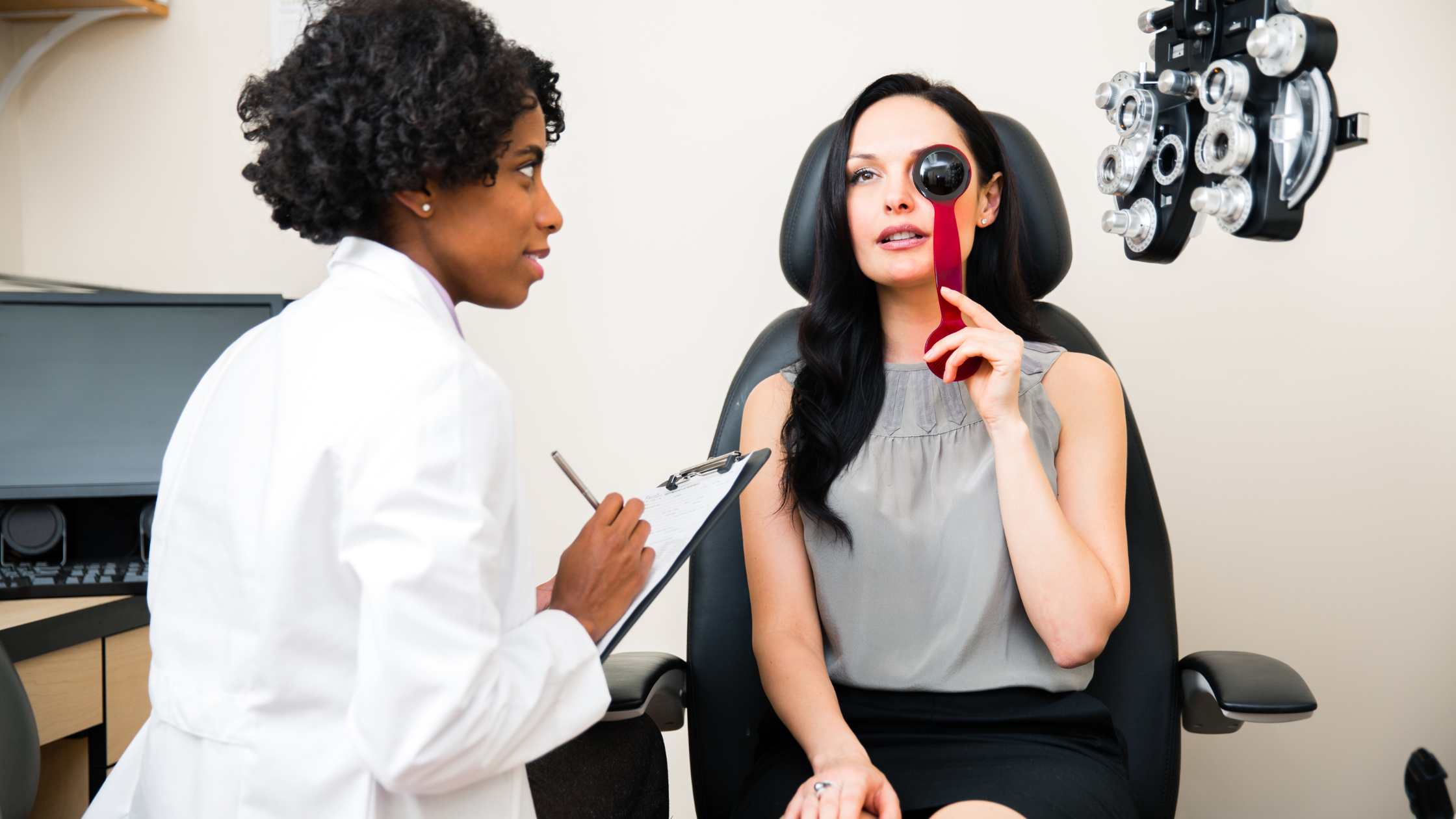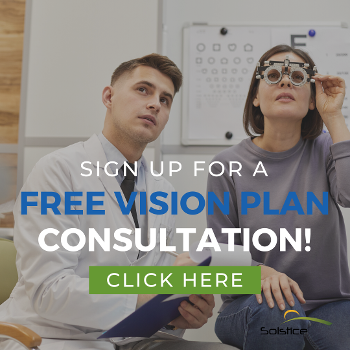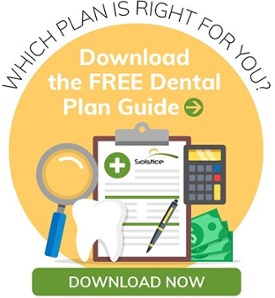By Kate Ranta on Apr 27, 2016 @ 10:40 AM
An eye exam can feel daunting sometimes, especially if you don't know what to expect. Being prepared can go a long way toward increasing your comfort level when you go to the appointment. Following a medical consultation with your optometrist or ophthalmologist, they will perform several tests, such as:
Visual Acuity (Vision) Test. A visual acuity test determines how well you can see with each eye. You may be asked to cover one eye at a time while identifying symbols. During the vision test, you'll read different-sized letters from what is called a Snellen chart. This is an easy way for the doctor to determine if you have problems seeing far distances. The doctor will use different lenses to determine which will allow you to see clearly and will help them determine your prescription level. During this test, patients are usually asked questions such as, "Which lens is better, one or two?"
Eye Pressure Test. This is the “puff of air” test that makes most people pretty uncomfortable. It doesn’t hurt, but the anticipation of a sudden puff of air into your open eyes can be unsettling. You put your chin on the chin rest and look at a light inside the machine. The doctor will puff a small burst of air at your eyes. The machine measures the fluid pressure of the eyes, checking for glaucoma and other health issues. If it’s high, you may be at risk for or have glaucoma.
Cover Test. The cover test checks to see how well your eyes work together. You'll stare at an object while the doctor covers and uncovers your eyes to watch how they move. Doctors use this test to detect problems such as crossed or lazy eyes.
Slit-lamp Examination. The slit-lamp examination gives a magnified view of your eyes so the doctor can get a good look at the inside and outside (including eyelids and eyelashes). It shows whether or not your eyes are healthy, and is often used to diagnose conditions such as cataracts.
Refraction Test. Refraction testing is only for those who need corrective lenses. Routinely, through the use of a device, you’ll focus on a photograph or a dot, as the machine reads your eyes. This test checks for errors in vision such as nearsightedness (myopia) and farsightedness (presbyopia). A refraction test, however, is different from a vision test.
Muscle Movement Test. The doctor will watch your eye movement as you follow a small light from one side to another to make sure they are normally aligned.
Dilated Examination. Typically, this is the last step in a comprehensive examination. You'll have drops placed in your eyes that will increase the size of the pupils allowing the doctor to examine the optic nerve, retina, and blood vessels. Dilation usually lasts three to six hours, though it can last as long as 24 hours for some patients. During this time, you'll likely have light sensitivity and blurred close-up vision.
Contact Lens Fitting. If you are a first-time contact lens wearer, your doctor will conduct a lens fitting to ensure that the contact lenses feel comfortable. There are several types of lenses that can complement your lifestyle and medical necessity; so it's important that you work together to find the right ones for you. Additionally, they will teach you how to care for your lenses and how to properly put them in and take them out.
If you haven't had an exam in a while, call your doctor today. Many issues are treatable, especially when they're caught early.





comments